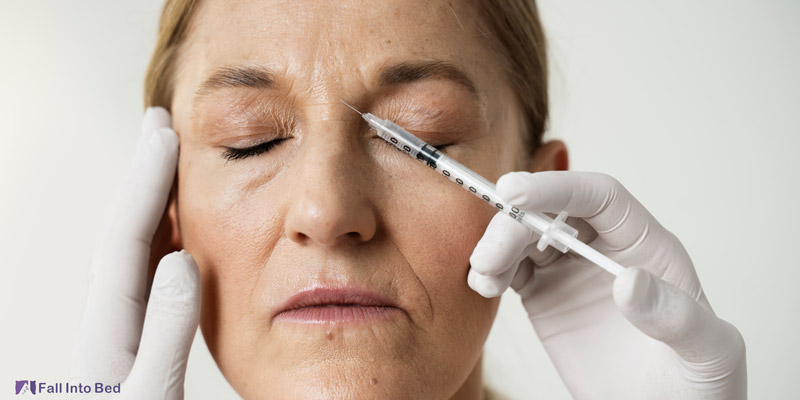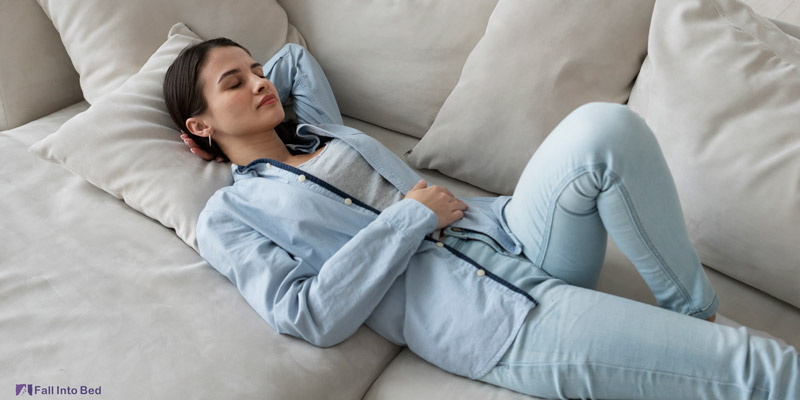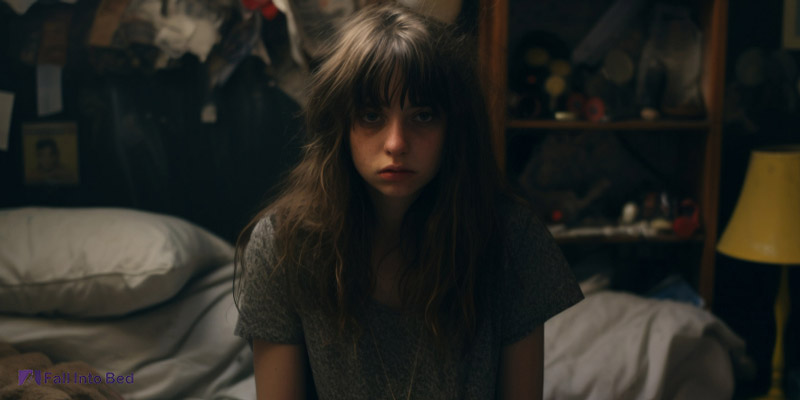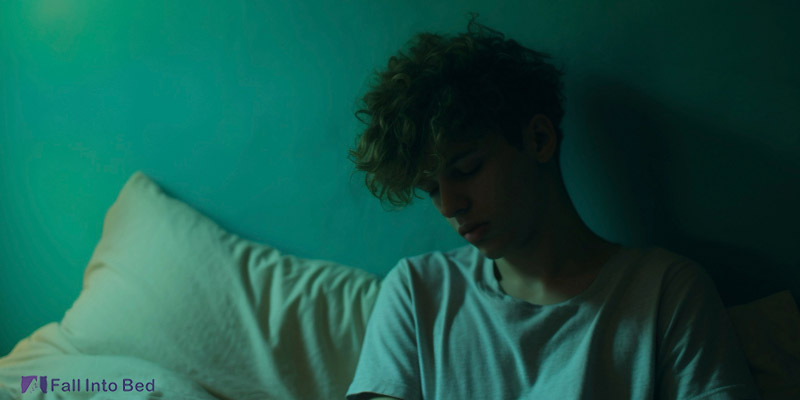Botox has become very popular over the past few years between men and women. This injection can help you get rid of your wrinkles, or prevent you from getting them. Sure sounds like a miracle. However, with every great thing, comes a downside. And for Botox, that’s sleep. After receiving your Botox injection, you can’t just sleep how ever you like, as there are some restrictions. In this article we are going to talk about everything you need to know about sleep and Botox. So stay tuned!
What is Botox?
Before we get into the details about the after-care of Botox, let’s first talk about what it actually is. Botox is a cosmetic treatment made from Botulinum toxin. This toxin can be used for both medical and aesthetic purposes:
Medial uses
- Chronic migraine
- Muscle spasm
- Hyperhidrosis or excessive sweating

Cosmetic uses
- Wrinkle reduction
- Facial slimming
- Lifting brows and lips
Can you sleep after Botox?
A very important question that arises after getting this treatment is whether we can sleep after or not. And the answer is yes, you can get some sleep. However, there are a few things to consider.
For the first 4-6 hours after the treatment, you should avoid lying down. So, if you need to take a nap, you can sit in a chair and sleep in an upright position. We do this to avoid getting the Botox to migrate to areas it shouldn’t.
As for the first night after the injection, you should sleep on your back to prevent putting pressure on your face. It’s better to avoid sleeping on your stomach or side. These positions might lead Botox to unwanted areas.
How should you sleep after Botox?
- First 4-6 hours: you should stay upright for the first few hours. If you need to sleep you can sleep in a chair.
- First 24 hours: For the next 24 hours you can sleep on your back and avoid turning to the sides or your stomach. it’s worth knowing that with or without Botox, sleeping on the back with hands above head also known as the starfish position, can reduce wrinkles and fine lines over time.
- After 24 hours: after the first day, it’s safe to sleep on your routine sleeping position, including on the side. You can know more about the differences between sleeping on the right side and left side.

Precautions with Botox and sleep
First 4-6 Hours
Stay Upright: Avoid lying down or reclining. This helps prevent the Botox from migrating to unintended areas.
Avoid Physical Activity: Avoid activities that make you bend over or lie down.
First 24 Hours
Sleep on Your Back: Try to sleep on your back to avoid putting pressure on the treated areas.
Use Extra Pillows: Elevate your head with an extra pillow to help reduce swelling and avoid fluid accumulation.
Avoid Rubbing or Touching: Do not rub or massage the treated areas to prevent the Botox from spreading.
Avoid Heat Exposure: Stay away from activities that can cause excessive heat, such as hot showers, saunas, or tanning beds.
General Precautions
Gentle Pillow: Use a soft pillow that doesn’t press too hard against your face.
Follow Medical Advice: Always checkout the specific instructions provided by your healthcare provider.

FAQ about Botox and sleep
1. How long after Botox can I sleep on my side?
It’s usually safe to go back to your usual sleep positions after 24 hours.
2. Can I sleep on my side after Botox?
It’s not recommended to sleep on your side right after receiving the treatment. However, after 24 hours, you can start sleeping on your side again.
3. How can I make sure I sleep on my back after Botox?
By using an extra pillow to elevate your head and placing the other around your body to prevent your body to turn to sides you can make sure you stay in the same position.
4. When can I resume my regular sleep routine after Botox?
You can go back to your normal sleep routine including sleeping on your side after the first 24 hours.








